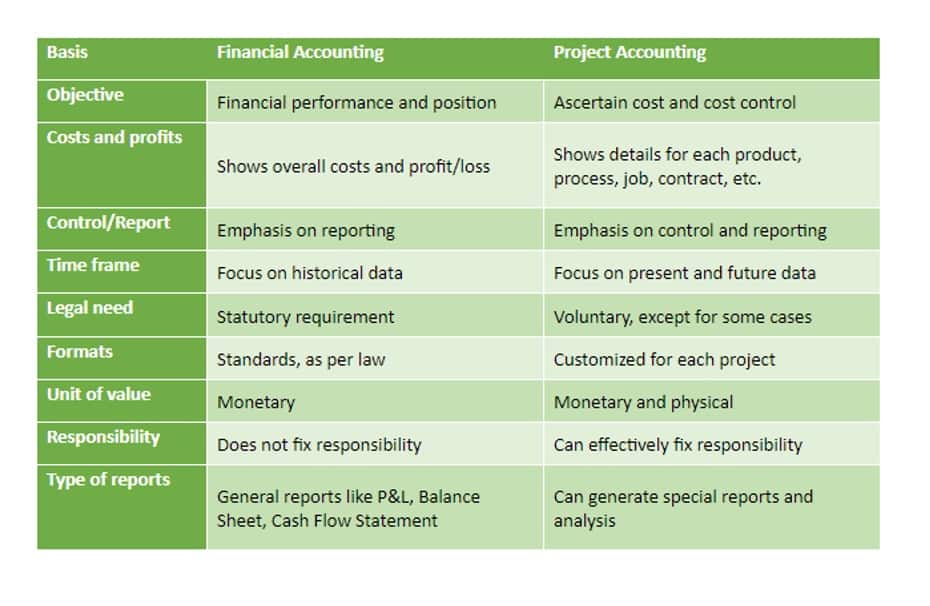
Here we see that the sum of liabilities and equity equals the total assets and the equation balances. If the total liabilities calculated equals the difference between assets and equity then an organization has correctly gauged the value of all three key components. An asset is a resource that can provide current or future economic benefit to the organization who owns or controls the asset. Assets are reported on a company’s balance sheet and comprises various asset types such as intangible assets, financial assets, fixed assets and current assets. While the financial landscape continues to evolve and undergo dynamic changes, a key foundational element that continues to guide accounting processes across industries is the accounting equation.
Total Equity: What Is It, Calculation & Importance
Your business’ board of directors can issue shares whenever, to whomever, and for whatever value it wants. When your company incorporates, it has to call a board meeting to decide how many shares each of the company’s original owners will get. Shares are small pieces of your company that are worth a certain dollar value.

The Critical 8 Steps of the Accounting Cycle

It can therefore be interpreted as a guarantee of financial security. Double-entry bookkeeping started being used by merchants in ledger account Italy as a manual system during the 14th century. It is currently used to comply with generally accepted accounting principles (GAAP).
How to Calculate Shareholders Equity
You can think of them as resources that a business controls due to past transactions or events. The following is data for calculating the Shareholder’s equity of Apple.Inc for the period ended on September 29, 2018. There is also such a thing as negative brand equity, which is when people will pay more for a generic or store-brand product than they will for a particular brand name. Negative brand equity is rare and can occur because of bad publicity, such as a product recall or a disaster. Clearly outline any significant influence you have over an investee to provide investor insights into potential Bakery Accounting impacts on financial performance.
While they may seem similar, the current portion of long-term debt is specifically the portion due within this year of a piece of debt that has a maturity of more than one year. For example, if a company takes on a bank loan to be paid off in 5-years, this account will include the portion of that loan due in the next year. Includes non-AP obligations that are due within one year’s time or total equity formula within one operating cycle for the company (whichever is longest).

The stockholder’s equity can be calculated by deducting the total liabilities from the company’s total assets. In other words, the Shareholder’s equity formula finds the net value of a business or the amount that the shareholders can claim if the company’s assets are liquidated, and its debts are repaid. Current liabilities can include accounts payable, short-term debt, and accrued expenses, while non-current liabilities can include long-term loans, bonds, and deferred taxes. Firstly, it serves as a measure of the company’s financial health and stability.


By analyzing the balance sheet, stakeholders can gain insights into the company’s ability to meet its financial obligations and assess its overall financial health. The equity of a company is the net difference between a company’s total assets and its total liabilities. A company’s equity, which is also referred to as shareholders’ equity, is used in fundamental analysis to determine its net worth. This equity represents the net value of a company, or the amount of money left over for shareholders if all assets were liquidated and all debts repaid. Tim’s Tech Company is a new startup with a number of different investors. Tim is looking for additional financing to help grow the company, so he talks to his business partners about financing options.
- Financial analysts and investors closely examine a company’s equity to assess its financial stability.
- The phrase “number of shares issued” refers to the total number of shares that the corporation has issued which may or may not be owned by outside investors.
- A company’s negative equity that remains prolonged can amount to balance sheet insolvency.
- If you own a partnership with someone, you probably agreed to split the owner’s equity with one or more of the partners in percentage terms.
The company’s financial position is reflected as a snapshot of account balances from the balance sheet at the end of a reported accounting period. The clear-cut relationship between a company’s assets, liabilities, and equity is the backbone of the double-entry bookkeeping system. A company’s balance sheet is the source of its accounting equation numbers.
Leave a Reply